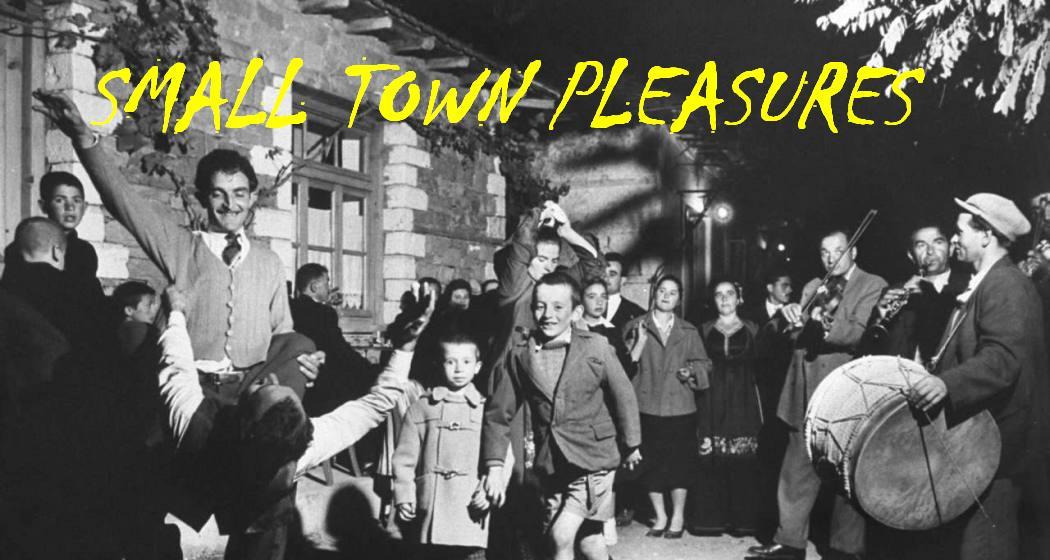


If the modernist novelist Virginia Woolf seems like a bizarre title subject for a rock album, it nevertheless fits the relentless peculiarity of the music on the first album from Sigmund Snopek III. Actually, this is the second album by Snopek's band the Bloomsbury People following a self-titled effort in 1970. The band plays on the entire album, but it was credited, for whatever reason, to Snopek alone. Snopek's muse and music certainly act as the impetus and grand vision for the entire project, and what an intriguingly skewed vision it is. "Virginia Woolf" is essentially one epic (novelistic, you might even say) composition broken up into song-sized portions, and even broken down further within individual songs. There is a continuity and wholeness to the entire piece, at least, that is somewhat lost when you try to listen to it as a collection of songs. The songs by themselves can occasionally sound choppy and stylistically schizophrenic -- albeit almost always riveting -- due to the ambitious amalgam. Strong intimations of rock, blues, psychedelia, and jazz mingle with classical motifs, structures, and lofty compositional techniques in a fusion that is not really rock in any conventional sense of the term (although it does often rock), but is not quite classical either. Progressive rock didn't quite exist officially at the time the album was recorded, and while Snopek's disparate composite might be seen as a prototype for that genre, it does not entirely satisfy the description the genre ultimately took on. What it can be called is avant-garde experimentation that happens to utilize recognizable pop-style melodies, rock instrumentation, and some of the deft interplay of jazz, with an ultimate freaked out, psychedelic tinge that might easily have impressed Frank Zappa had he heard the album. (That especially goes for the marching band drum solo that erupts a couple minutes into the title track.) The songs themselves essentially resist classification and don't seem to follow the authorial theme closely, but the aforementioned "Virginia Woolf," seesawing "Orange," and majestically symphonic "Blue" are standouts. Virginia Woolf is only partly successful, but it is a compelling piece of work nonetheless.[allmusic]
Here



















































.jpg)

